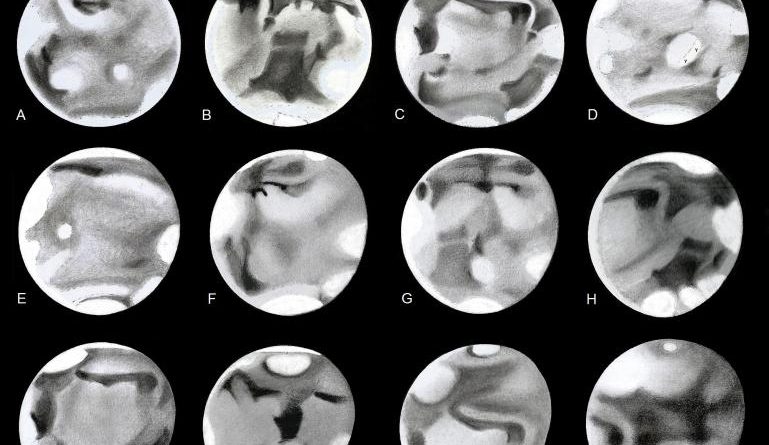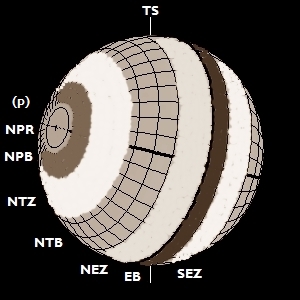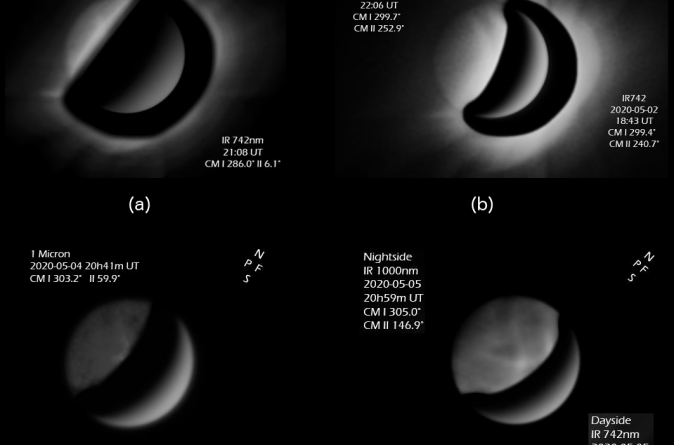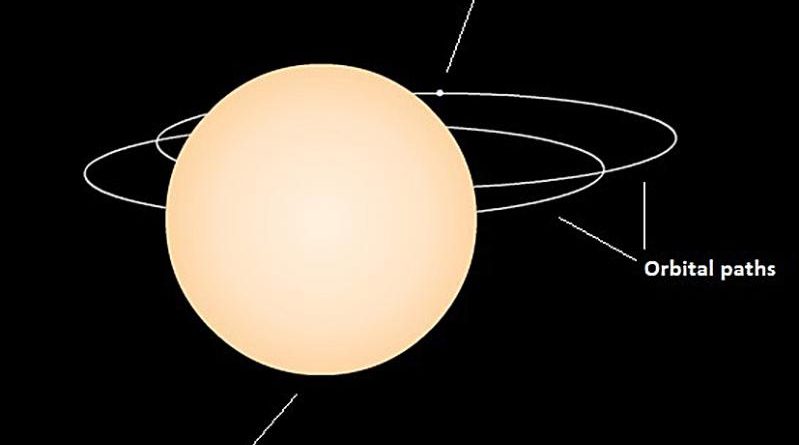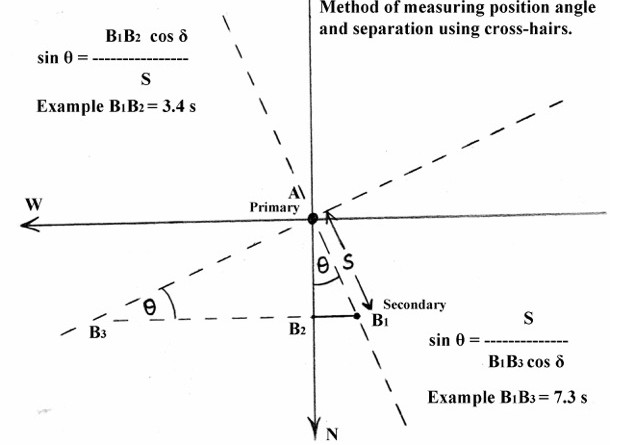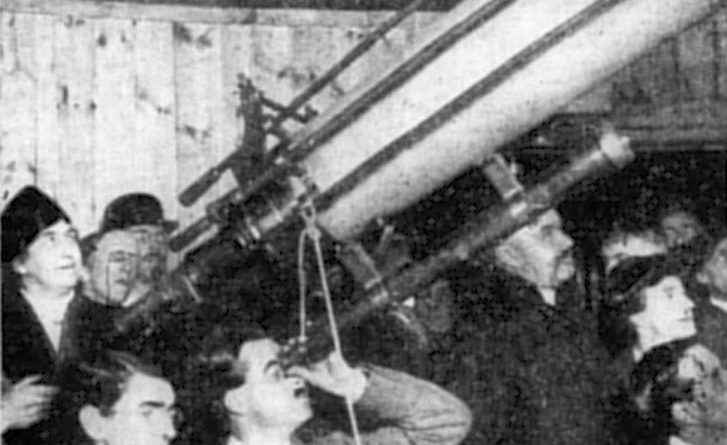The opposition of Mars, 2016: Part II
In Part I we described the interplay of airborne and settled dust with surface features. Here we review meteorological phenomena. Seasonal date limits for the Equatorial Cloud Band and orographic clouds were similar to past years. Despite an unfavourable value of tilt, north polar spiral clouds were witnessed during Ls = 126–153°. Frontal systems, in the form of bands of clouds inclined to the equator and moving off the N. polar region, were recorded. Observers watched to see if the near-opposition coincidence of the sub-Earth and subsolar latitudes on 2016 May 20–21 would result in ‘flashes’ from the Schiaparelli crater in Edom, as in 2001, but the +10° coincidence in the latitude fell too far north, and none were reported. The detachment of Olympia from the NPC occurred by Ls = 72°. The N. polar cap was progressively covered by the hood during Ls = 163–172°, later than in 2014, while the cap summer remnant was larger in 2016; the recession was less extensive than in 2014. Novus Mons separated from the shrin
Read more
